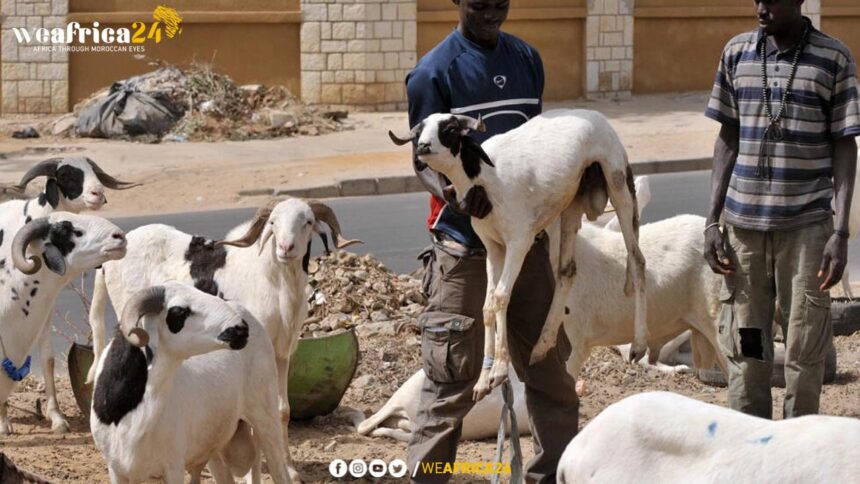Senegalese Muslims celebrated Tabaski, also known as Eid al-Adha. As the festivities wind down, the roundabouts and vacant lots that hosted sheep sellers for weeks are gradually emptying. However, for many sellers, a significant number of unsold sheep remain, often requiring transport back to distant regions of the country.
Djibril Oumar Tall is loading his unsold sheep into a large truck. He traveled from Fouta in northern Senegal, as did most of the sellers who set up near Dakar’s Friendship Stadium. This Tabaski season has not been favorable for business. “It hasn’t been good. We haven’t sold many sheep. I made no profit, quite the opposite,” he laments.
Ousmane Dia faced a similar situation. He arrived a week ago with 320 sheep and now has 201 left. “On the way here, I paid 600,000 CFA francs for transportation. For the return trip, I’m not sure yet. It might cost me between 700,000 and 750,000 CFA francs to take the sheep back home. If we can’t repay the feed debts once we’re back, we’ll have to sell some of our cows to cover those debts.”
The cost of hiring a bus to travel over 500 kilometers can approach 1,000 euros, a significant expense that Ousmane Dia, like many others, would prefer to avoid. “For now, I’m not heading back to Ndioum with the livestock. I’ll go to livestock fairs instead, hoping to sell a few more sheep there.”
Every year, over 800,000 sheep are sacrificed in Senegal for Tabaski. This year, the challenge of unsold livestock poses a financial strain on many breeders, compelling them to seek alternative markets or means to recoup their losses.
The aftermath of Tabaski in Senegal highlights the economic pressures on livestock sellers, emphasizing the need for more efficient market strategies to manage unsold livestock and mitigate financial losses.







